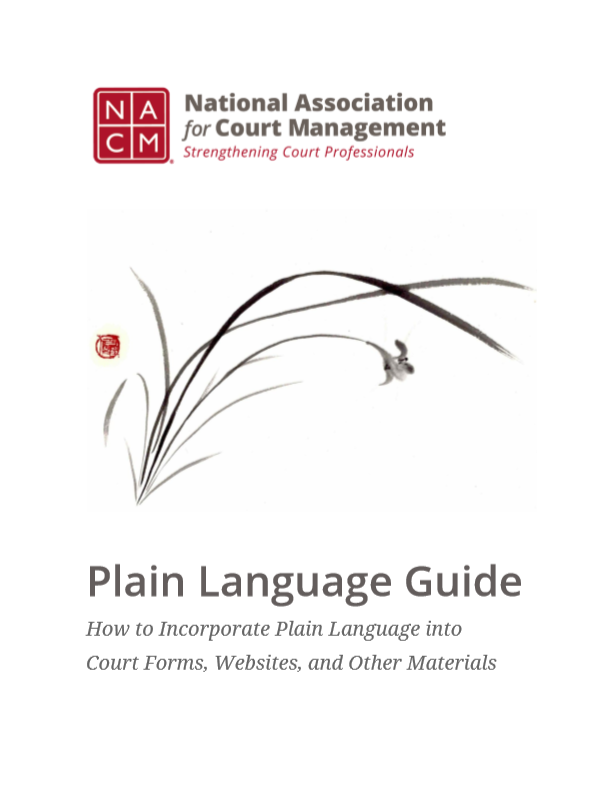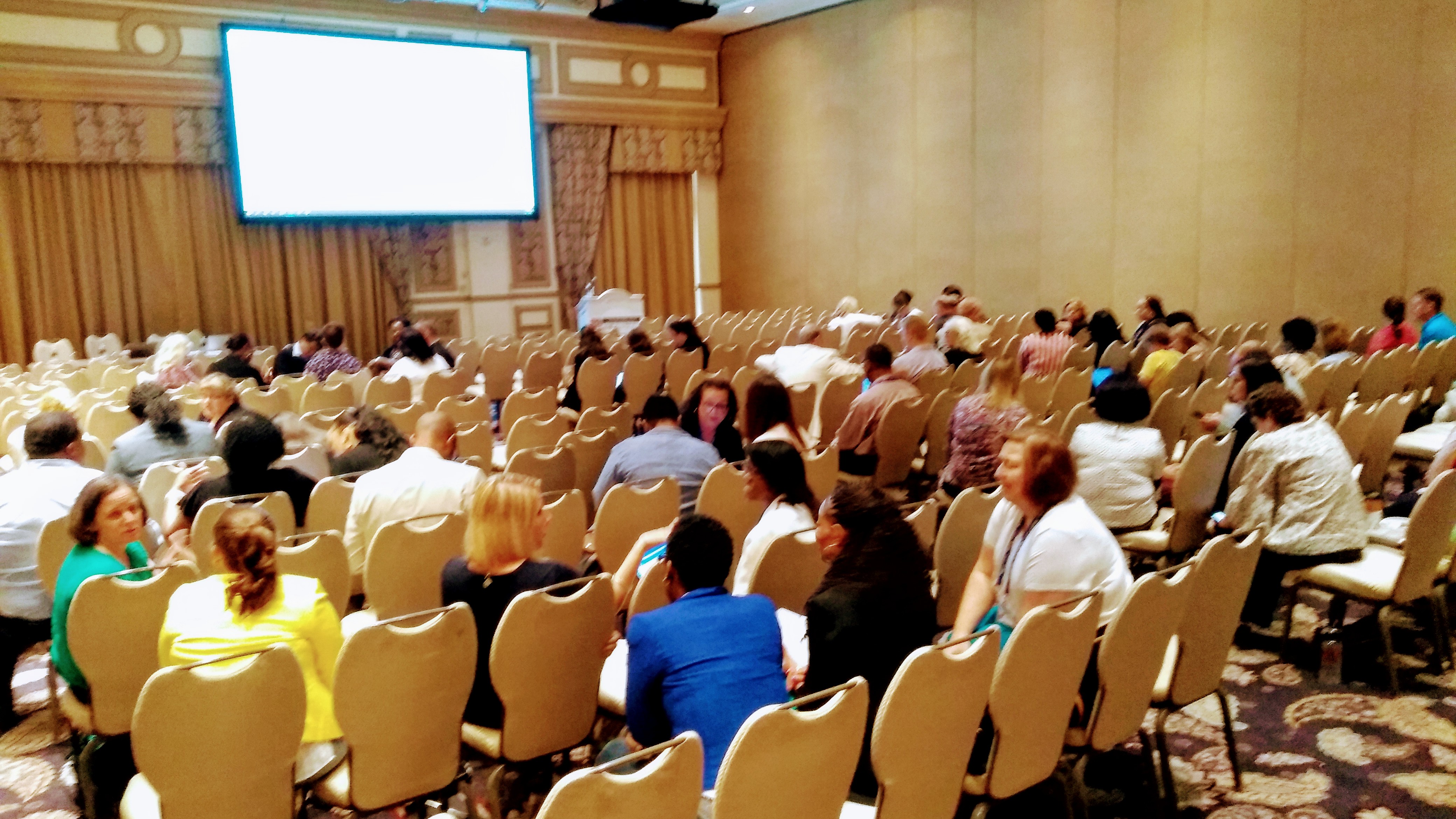Court Language That People Understand
March 11, 2022 by Abhijeet Chavan
How Using Plain Language Can Improve Access to Justice

According to the Self-Represented Litigation Network, a national non-profit network of judges, court managers, attorneys, and other allied professionals, nearly 75% of civil cases in the U.S. have at least one self-represented litigant (SRL). The growth in the number of SRLs presents new challenges to courts as they try to adapt to the needs of those engaging with our justice system on their own. One of these challenges is language.
A study by the Program for International Assessment of Adult Competencies (PIAAC) found that nearly half of Americans read and write below the 6th grade level. According to the U.S. Census Bureau, more than 20% of U.S. residents speak a language other than English at home. Acknowledging the importance of using language that is easy for everyone to understand, the U.S. passed the Plain Writing Act of 2010 which requires the federal government to write all new publications, forms, and publicly distributed documents in a "clear, concise, well-organized" manner that follows the best practices of plain language writing. It defines plain language as:
"Writing that is clear, concise, well-organized, and follows other best practices appropriate to the subject or field and intended audience."
Tips for adopting plain language include best practices such as writing shorter sentences, using everyday words, and using active voice. The website http://plainlanguage.gov provides additional information.
Beyond helping those who are not as proficient with English, adopting plain language offers these other benefits:
- Information written using plain language is easier and quicker to understand for the general public.
- Plain language communications can be read by more people on their own, without expert assistance or support.
- Plain language reduces the possibility of information being misunderstood and helps avoid time-consuming or costly errors.
In order to better serve the growing number of SRLs, courts need to make materials easier to understand. To improve access to justice and increase public trust in the courts, the National Association for Court Management (NACM) produced a Plain Language Guide: How to Incorporate Plain Language into Court Forms, Websites, and Other Materials. (I served on the NACM's Plain Language Guide Sub-Committee and co-authored the publication.) The guide outlines plain language principles and includes many court-related examples. It also provides advice on training court professionals, establishing a plain language committee, and checklists for implementing and testing.

At NACM's 2019 Annual Conference, I co-presented a workshop on using plain language in courts with Alyce Roberts, the co-chair of NACM's Plain Language Committee. After presenting plain language techniques, we gave our audience examples of legal terms that appear on actual court forms around the country and asked them to provide plain language alternatives or explanations. Many in our audience of attorneys and court professionals found it hard to explain legal terms used by another court. This exercise made them realize just how difficult it is for laypersons to understand legal information.

Breakout groups work on exercises during the plain language workshop at NACM 2019 Annual Conference
The language spoken in courthouses may be familiar to those who work there daily, but not to the general population. Navigating courtroom language is much like talking to a novice about cricket. Terms that are common to cricket fans – sticky wicket, arm ball, googly, or howzat – are a foreign language to the rest of us. The same is true in courts, with terms from Voir Dire to pro se litigant to disposition, etc. Using plain language to communicate legal information can be challenging, but it is worth the effort to help improve access to justice.

Abhijeet Chavan is a Senior Executive Advisor at Tyler Technologies, Inc. He has over 20 years of technology consulting experience with public sector, higher education, and non-profit clients. Mr. Chavan was named to the Fastcase 50 list of global legal innovators in 2017. He regularly presents at conferences on access to justice and artificial intelligence. Mr. Chavan sits on committees of the State Bar of California, American Bar Association, and National Association for Court Management. Previously, Mr. Chavan served as chief technology officer of a consulting firm; co-founded a media business; and managed geographic data projects. Mr. Chavan has graduate degrees from the University of Illinois at Urbana-Champaign.